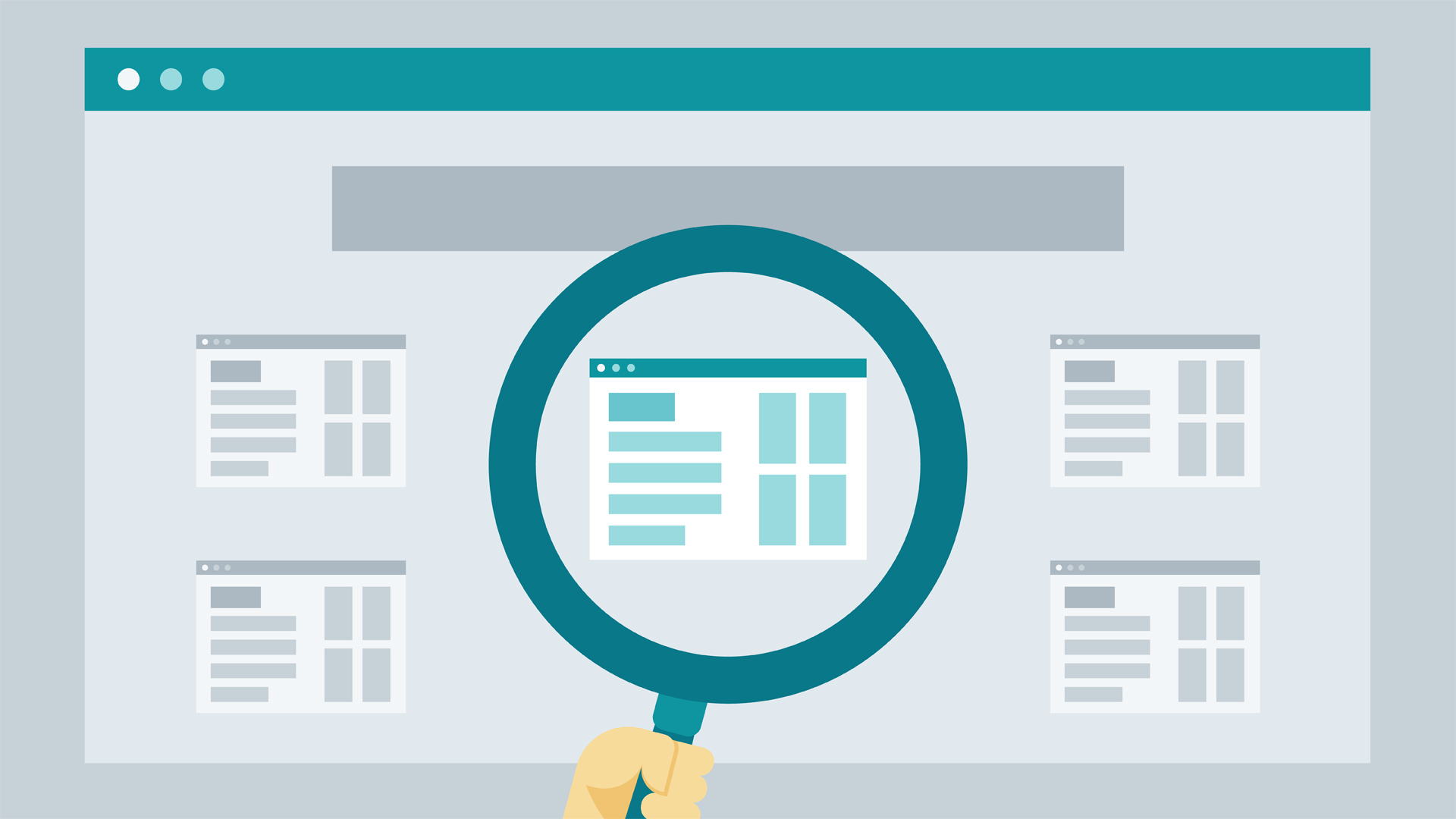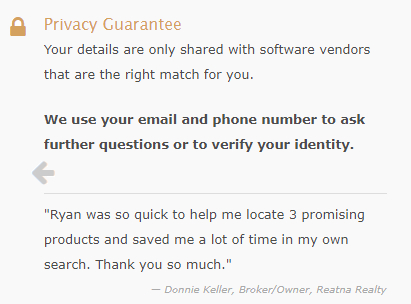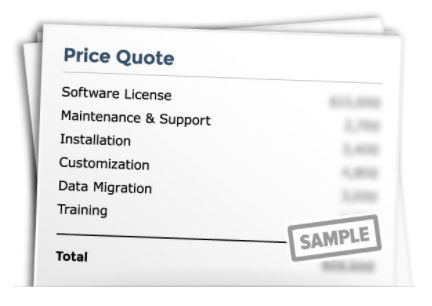The presence you maintain in your community is important, which is why it's a good idea to look into sprucing up your office on the inside and the out
The presence you maintain in your community is important, which is why it’s a good idea to look into sprucing up your office on the inside and the outside. However, your community is not limited to your brick-and-mortar business, and you will see great results from making an effort to fine-tune your online presence as well.
There are a few different things you can test out, depending on the website hosting service you use, your audience, and a host of other factors. Many of these things are low-cost or no-cost and relatively unobtrusive to add to or remove from your website, making it easy to experiment until you find something that works best for you and your business.
Other options, however, require more effort, such as starting a blog on your website. This is an example of something that you will want to plan and research well beforehand so you can be sure to give it the attention and commitment it needs as an ongoing project rather than a one-off.
Widgets, links, and blogs
These three words would have been foreign to most people a mere couple decades ago, and even now, some of them have started to feel outdated, like old news. However, this does not diminish the effectiveness of the concepts they signify when applied to your business’ website. Adding a blog to your website, for example, is one of the best ways to take your website from “brochure” level to “engagement platform” level.
Linking to your social media from your website, and vice versa, is critical to presenting a unified presence online. You can do this in a few ways. One way is to conveniently offer a bite-sized chunk of your social media on your website and, once again, vice versa. You can install a widget that collects your social media updates into a feed that you can then place on the sidebar of your website. How you do this depends on the hosting service you use. For reciprocity, post links to your website on your social media every so often, for example, to the profile of a different staff member each week.
If this sounds too complicated, there are also simple widgets, usually called “icons,” that allow you to link directly to your social media. To visit your Facebook page, for example, someone would simply need to click the Facebook icon on the side, top, or bottom of your page.
Make alternate pages worth visiting
So many times, a consumer will log onto a website and see that there is, in addition to a home page, a wealth of other conveniently labeled pages ready and waiting to be investigated. Upon closer examination, however, the “About” page is as good as empty, perhaps providing a phone number and often not even the hours of operation. The other pages yield similar disappointments.
If you are going to use supplemental pages, make sure you give them the same attention you would give your home page, because they each serve their own purpose. Use your “About” page to really express your passion and personal history. Post as much information as you can about your business operations so that it is easy for clients to get in touch with you. Make consumers feel like time on your website was time well spent.




 Where do we send your free Great Agent demo?
Where do we send your free Great Agent demo?





 We just need some facts about your organization:
We just need some facts about your organization:
COMMENTS